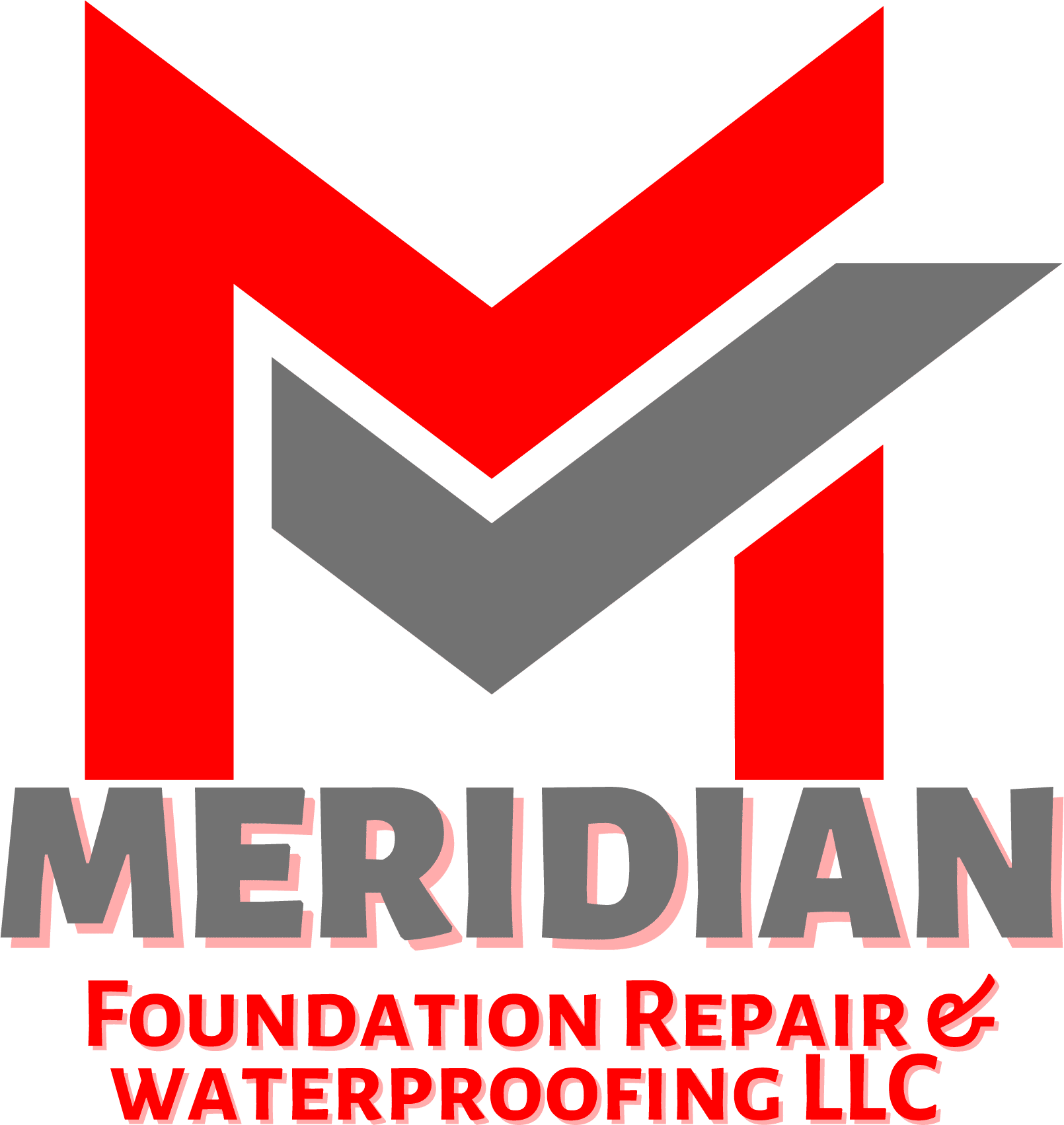Having a solid foundation is crucial for any building or house. It not only ensures the structure remains stable but also shields it from external factors. Nonetheless, even the sturdiest foundation may encounter wear and tear, necessitating repairs. In this article, we will delve into various foundation repair methods that are accessible to homeowners and developers.
- Slabjacking: This foundation repair technique involves injecting a mixture of grout and other materials under a concrete slab foundation to raise it back to its original position. The process is carried out by drilling small holes in the foundation and injecting the grout mixture using hydraulic pressure. The grout mixture fills the voids under the foundation, providing support and stability to the structure. Slabjacking is an effective method for correcting uneven floors and sinking foundations. The process is quick and can be completed in a matter of hours. It is also a cost-effective alternative to replacing the foundation.
- Piering: Also known as underpinning, it is a foundation repair method that involves installing steel piers under the foundation to provide additional support. The process is carried out by excavating holes around the foundation and installing the piers deep into the ground. The piers are then attached to the foundation using brackets, providing stability and support. Piering is an effective method for correcting foundation settlement and can also be used to lift a sinking foundation. The process is more invasive than slab jacking and can take several days. However, piercing is a long-lasting solution that can significantly support the structure.
- Soil Stabilization: This foundation repair technique involves injecting a stabilizing solution into the soil to improve its load-bearing capacity. The process is carried out by drilling small holes around the foundation and injecting the stabilizing solution into the soil. The solution reacts with the soil particles, creating a stable and compact foundation. Soil stabilization is an effective method for correcting foundation settlement and can also be used to prevent future settlement. The process is quick and is a cost-effective alternative to other foundation repair methods.
- Foundation Replacement: This foundation repair type involves removing and replacing an existing foundation with a new one. The process is carried out by excavating the area around the foundation and removing the existing foundation. A new foundation is then constructed in its place, providing stable and durable support for the structure. Foundation replacement is effective for correcting severe foundation damage or when other repair methods have failed. The process is time-consuming and can take several weeks to complete. However, it’s a long-lasting solution that can significantly support the structure.
- Crack Repair: This foundation repair method involves filling and sealing cracks in the foundation. The process is carried out by injecting an epoxy or polyurethane resin into the cracks, filling them, and preventing water from seeping through. Crack repair is an effective method for correcting minor foundation damage and preventing further damage. The process is quick and can be completed in a matter of hours. It’s also a cost-effective solution that can extend the lifespan of the foundation.
- Sealants And Masonry: This are commonly used in the construction industry to repair and protect masonry structures. They can be applied to various types of masonry, including brick, stone, and concrete, and are effective at sealing cracks and gaps, preventing water intrusion, and improving the overall appearance of the structure. Masonry sealants are typically made of a combination of polymers and other materials that create a waterproof barrier when applied to masonry surfaces. They come in various types, including silicone, acrylic, and polyurethane, and are often used to seal joints, cracks, and gaps in masonry structures. Sealants can also protect the masonry from water damage, which can cause significant damage over time. When applying sealants and masonry patches, following the manufacturer’s instructions carefully is essential to ensure that the product is applied correctly and provides adequate protection. Choosing the right type of sealant or patch for the specific type of masonry being repaired is also important. For example, some sealants and patches may not be suitable for use on certain types of stone or concrete.
Conclusion
Knowing the various foundation repair methods is essential for dealing with foundation damage and maintaining the structural integrity of your home. Each technique is tailored to fix specific issues and is selected based on the specific circumstances of your home. Therefore, it is crucial to collaborate with a reputable foundation repair company that can evaluate the foundation damage and recommend the most suitable method for your situation. By having a good understanding of the different foundation repair methods, homeowners can make informed choices and safeguard their homes for the long term.


